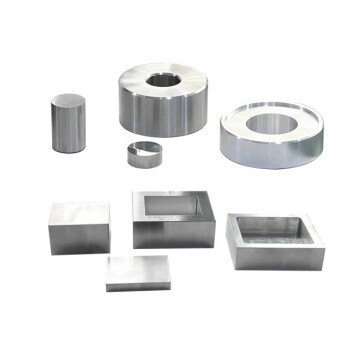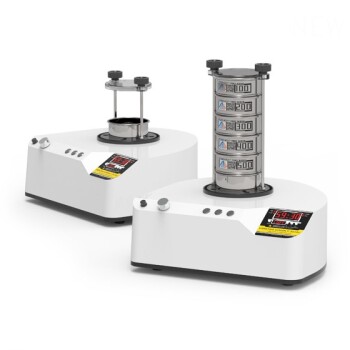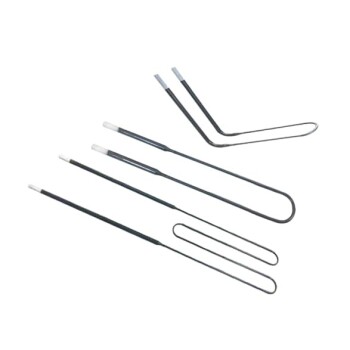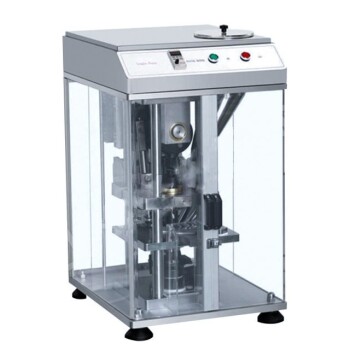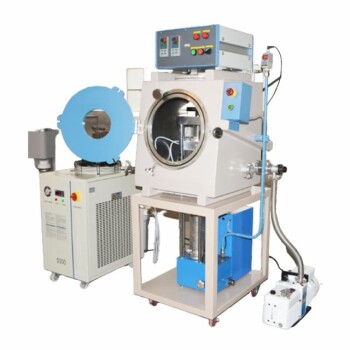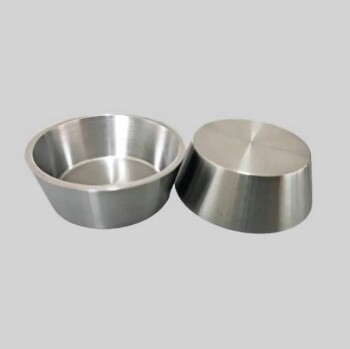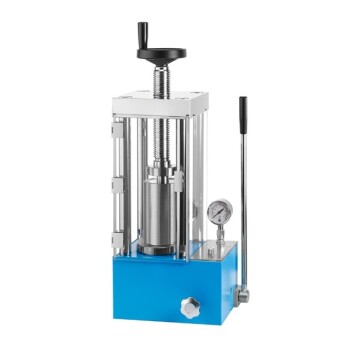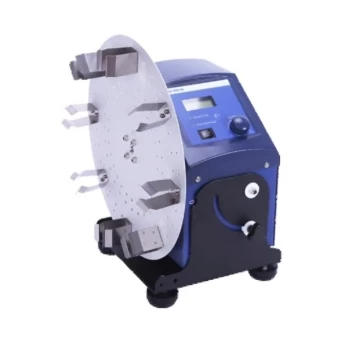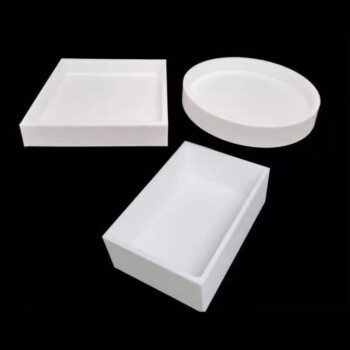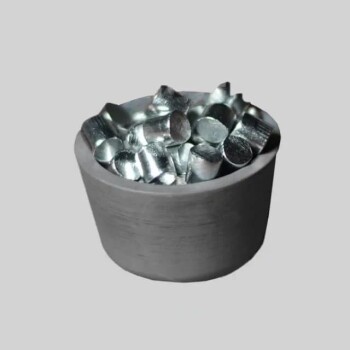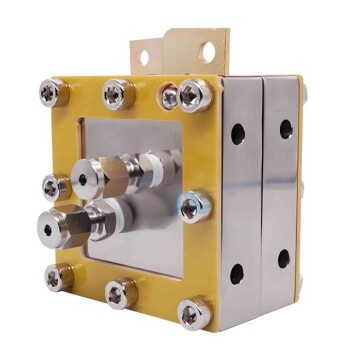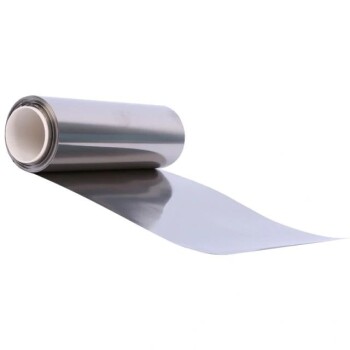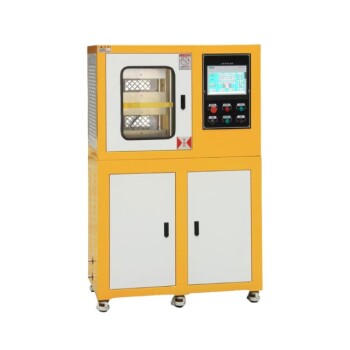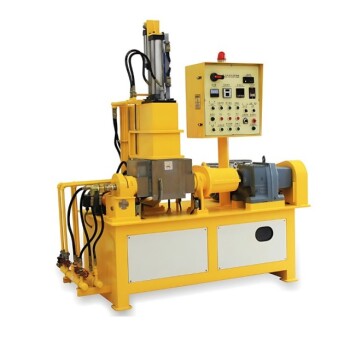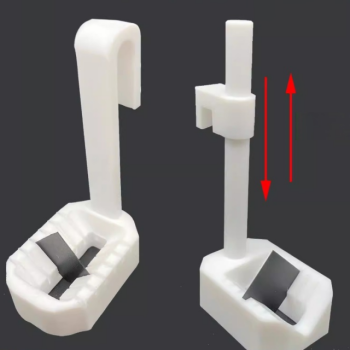In permanent mold casting, there are four primary methods used to produce components: gravity, slush, low-pressure, and vacuum casting. While all of these techniques utilize a reusable mold, they differ fundamentally in how molten metal is introduced into the mold cavity. This variation in process directly impacts the final part's quality, complexity, and cost.
The choice between gravity, slush, low-pressure, or vacuum casting is a strategic engineering decision. It hinges entirely on the required part complexity, wall thickness, surface finish, and production economics, forcing a trade-off between process simplicity and final component integrity.
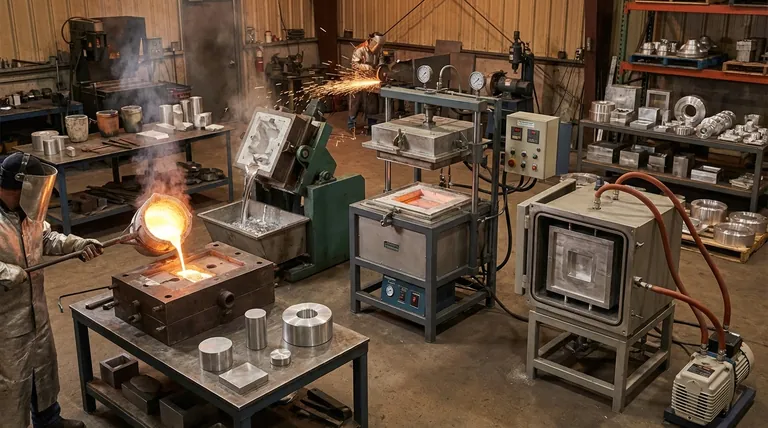
The Foundation of Permanent Mold Casting
Reusable Dies for High Volume
Permanent mold casting is a process for producing high volumes of parts, primarily from non-ferrous metals like aluminum, magnesium, and copper alloys.
Unlike sand casting, it uses molds (or "dies") machined from metal, typically steel or cast iron. These durable molds can be used for tens of thousands of cycles, making the process highly repeatable and economical for large production runs.
The Core Process
The basic cycle involves preheating the mold, applying a ceramic coating, closing the two halves, and introducing the molten metal. After the metal solidifies, the mold is opened, and the part is ejected. The mold is then cleaned and prepared for the next cycle.
A Closer Look at Each Method
Gravity Casting: The Workhorse
Gravity casting is the simplest form of the process. Molten metal is poured from a ladle into a gating system at the top of the mold, relying entirely on the force of gravity to fill the cavity.
This method is straightforward and involves the lowest equipment cost. It is best suited for producing simpler, thicker-walled parts where minor porosity is acceptable and fine detail is not the primary concern.
Slush Casting: For Hollow Parts
Slush casting is a specialized technique used to create hollow castings without a core. The mold is completely filled with molten metal and allowed to sit for a short, predetermined time.
During this time, a thin "skin" of metal solidifies against the cooler mold walls. The mold is then inverted, and the remaining liquid metal is "slushed" out. This leaves a hollow, lightweight part, ideal for decorative items like lamp bases and statues.
Low-Pressure Permanent Mold Casting (LPPC): Precision and Quality
In LPPC, the mold is positioned above a sealed furnace containing the molten metal. A fill tube extends from the metal up into the bottom of the mold cavity.
Low pressure (typically 2 to 15 psi) is introduced into the furnace, gently pushing the molten metal upward into the mold. This bottom-up filling minimizes turbulence and oxide formation, resulting in a denser, higher-quality casting with superior mechanical properties and the ability to form thinner walls.
Vacuum Casting: The Ultimate in Purity
Vacuum casting is conceptually similar to low-pressure casting but operates with a pressure differential. The mold cavity is sealed, and a vacuum is created within it.
This vacuum gently pulls the molten metal up from the furnace below, effectively "sucking" it into the mold. The process is excellent for filling extremely thin sections and, most importantly, the vacuum removes dissolved gases from the metal, leading to exceptionally low porosity and high part integrity.
Understanding the Trade-offs
Cost vs. Part Quality
There is a direct relationship between process cost and the quality of the resulting part. Gravity casting has the lowest tooling and equipment costs but yields the lowest material integrity due to potential turbulence and air entrapment.
LPPC and vacuum casting require more complex and expensive equipment but produce far superior parts. The controlled, gentle fill dramatically reduces defects, justifying the cost for critical applications.
Mechanical Properties and Porosity
Porosity is a key concern in casting, as it creates weak points in the final component. Gravity casting is the most susceptible to porosity.
LPPC significantly reduces this issue by ensuring a calm, directional solidification from the bottom up. Vacuum casting takes this a step further, actively removing gases to achieve the highest possible density and strength.
Wall Thickness and Detail
Gravity's reliance on hydrostatic pressure limits its ability to fill very thin sections.
The applied pressure in LPPC and the pressure differential in vacuum casting allow molten metal to overcome surface tension and flow into much thinner and more intricate details, enabling more complex and lightweight part designs.
Making the Right Choice for Your Project
Selecting the correct process requires a clear understanding of your component's end-use and budget.
- If your primary focus is cost-effectiveness for simple, non-critical parts: Gravity casting is the most straightforward and economical choice.
- If your primary focus is creating lightweight, hollow decorative objects: Slush casting is specifically designed for this purpose and is highly efficient.
- If your primary focus is high mechanical performance and consistent quality: Low-pressure casting provides superior part density and is ideal for structural components like automotive wheels.
- If your primary focus is maximum purity and filling extremely thin sections: Vacuum casting offers the highest level of control and is the premium choice for mission-critical applications.
Ultimately, selecting the correct permanent mold process is about aligning the method's capabilities with your component's specific engineering and budget requirements.
Summary Table:
| Method | How It Works | Best For | Key Advantage |
|---|---|---|---|
| Gravity Casting | Metal poured in, fills mold by gravity | Simple, thick-walled parts | Lowest cost & simplest process |
| Slush Casting | Metal poured in, partially solidified skin forms, excess poured out | Hollow decorative items (e.g., statues) | Creates lightweight, hollow parts |
| Low-Pressure Casting (LPPC) | Low pressure pushes metal up into mold from below | High-quality structural parts (e.g., wheels) | Superior part density & thinner walls |
| Vacuum Casting | Vacuum pulls metal up into mold from below | Mission-critical, thin-walled parts | Maximum purity & lowest porosity |
Need help selecting the right permanent mold casting process for your high-volume production? The choice between gravity, slush, low-pressure, and vacuum casting is critical for achieving the desired part quality, complexity, and cost-efficiency. At KINTEK, we specialize in supplying the robust lab equipment and consumables needed for precise metal analysis and process development. Whether you're testing material properties or optimizing your casting parameters, our solutions help you make data-driven decisions. Let's discuss your project requirements – contact our experts today to enhance your manufacturing process.
Visual Guide

Related Products
- Special Heat Press Mold for Lab Use
- Three-dimensional electromagnetic sieving instrument
- Molybdenum Disilicide (MoSi2) Thermal Elements Electric Furnace Heating Element
- Single Punch Electric Tablet Press Machine Laboratory Powder Tablet Punching TDP Tablet Press
- Vacuum Hot Press Furnace Machine for Lamination and Heating
People Also Ask
- Is it fitting the mould or mold? A Guide to Correct Spelling by Region
- How to use a press mold? Master the Art of Creating Consistent Ceramic Forms
- What is a hot hydraulic press? Harness Heat and Pressure for Advanced Manufacturing
- What are the parts of a press mold? A Guide to Punch, Die, and Key Components
- What are molds used for? Unlock Mass Production of Precision Parts
